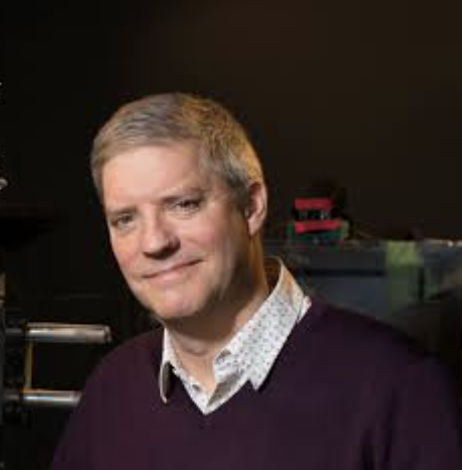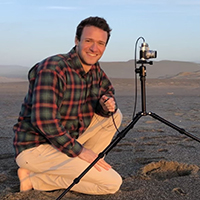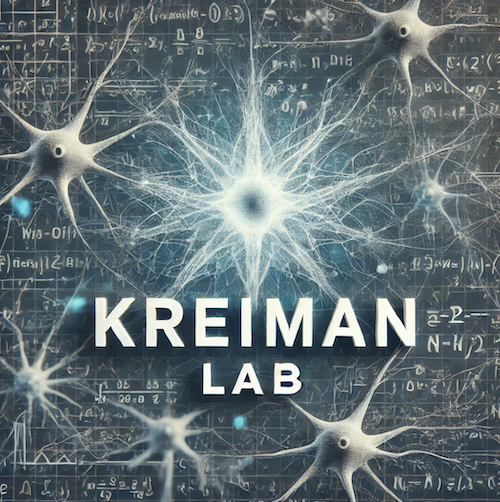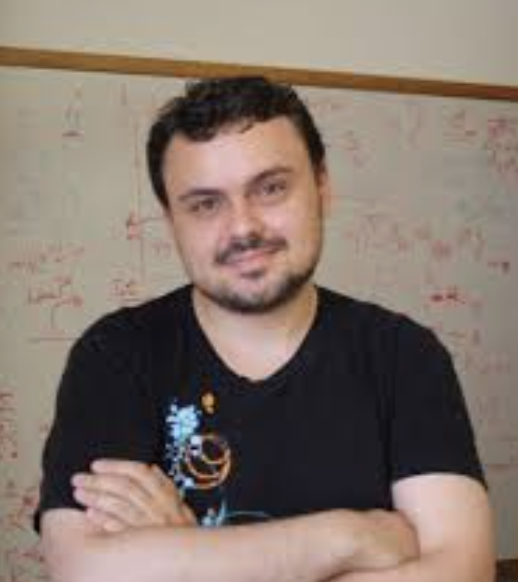01/28/25

gabriel kreiman
Introduction to biological and artificial intelligence
Are you ready to create suprahuman intelligence? Do you want to understand how intelligent computations emerge from the neuronal orchestra in the brain? How can we leverage millions of years of evolution to transform engineering systems that perform intelligent computations? How concerned should we be about the singularity? How is information represented and transformed in biological circuits? How can machines learn?
02/04/25

richard born
Biological and artificial vision
We understand the biological and computational underpinnings of our prodigious ability to see better than any other aspect of our brain’s function. Beginning with the seminal work of Hubel and Wiesel, we have discovered many of the biological principles that operate in the primate visual system. And computational models inspired by these principles have enjoyed tremendous success in object recognition and other visual capacities, sometimes outperforming humans. Yet these models also fail in spectacular and occasionally embarrassing ways, leading to the overwhelming question: What are they missing? We will explore the history of biological and machine vision, learn how they productively interact in present-day vision science and discuss whether Mother Nature might still have a few tricks up her sleeve that could spur the development of improved machine vision systems in the future.
Slides
02/11/25

haim sompolinsky
The geometry of concept learning
This class will present a theory of manifold separation in high-dimensional spaces, few-shot learning in visual representations, and aspects of visual reasoning.
Slides
Suggested reading
02/18/205

thomas serre
State of the art in computer vision
Abstract coming soon
Slides
Suggested reading
03/04/25

tomer ullman
The development of intuitive physics and intuitive psychology
The central metaphor of cognitive science is that of the mind as a computer, but what sort of program is the mind running, and how does it construct this program? From an evolutionary perspective it would make sense to build in certain primitives and functions to allow the mind to get an ‘early start’ on understanding the world. These primitives would most helpfully be those that are generalizable across many scenarios, such as an understanding of people and things, agents and objects, psychology and physics. And indeed, we can see early evidence for an understanding of physics and psychology even in young children. I will briefly go over the evidence for an early understanding of physics and psychology, what representations could account for that understanding, and how they may develop over time into adult representations.
Slides
Suggested reading
03/11/25

isaac kohane
AI for good
TBD
Slides
Suggested reading
03/18/25
spring break
No classes today!
Enjoy the spring
03/25/25

cass sunstein
Does AI have the right to free sppech?
Artificial intelligence (AI), including generative AI, is not human, but restrictions on the activity or use of AI, or on the dissemination of material by or from AI, might raise serious first amendment issues if those restrictions (1) apply to or affect human speakers and writers or (2) apply to or affect human viewers, listeners, and readers. Here as elsewhere, it is essential to distinguish among viewpoint-based restrictions, content-based but viewpoint-neutral restrictions, and content-neutral restrictions. Much of free speech law, as applied to AI, is in the nature of “the law of the horse”: established principles of multiple kinds applied to a novel context. But imaginable cases raise unanswered questions, including (1) whether AI as such has constitutional rights, (2) whether and which person or persons might be a named defendant if AI is acting in some sense autonomously, and (3) whether and in what sense AI has a right to be free from (for example) viewpoint-based restrictions, or whether it would be better, and correct, to say that human viewers, listeners, and readers have the relevant rights, even if no human being is speaking. Most broadly, it remains an unanswered question whether the First Amendment protects the rights of human viewers, listeners, and readers, seeking to see, hear, or read something from AI.
Slides
04/01/25

trenton bricken
Sparse representations in artificial and biological neural networks
We tackle the challenge of interpretability in large language models by intro-
ducing sparse autoencoders as a method for extracting interpretable features from their distributed representations. This approach offers a path towards more transparent and controllable AI systems while also advancing our understanding of how information is represented in these complex models.
Slides
Suggested reading
04/08/25

jan drugowitsch
The bayesian brain: ideal observer methods for perceptual decisions
The aim of both biological and artificial intelligence is to find efficient solutions to hard problems. Ideal observer models use this parallel to formulate theories of how our nervous system achieves certain tasks based on how they have been approached by artificial intelligence research. A basic tenant of ideal observer models is that the world we inhabit is noisy and ambiguous. The ideal way to deal with the arising uncertainty is by Bayesian decision theory. I will introduce Bayesian decision theory and how it has been used to inquire about the cognitive and neural processes that underlie humans and animal behavior. Specific focus will be put on the study of perceptual decisions and the relation between the speed and accuracy of such decisions.
Slides
Suggested reading
04/15/25

William lotter
Brain-inspired AI to AI for real-world impact and back
This lecture will discuss the convergence of AI for neuroscience, neuroscience for AI, and AI for real-world impact through the lens of self-supervised learning.
Slides
Suggested reading
04/22/25

Cengiz Pehlevan
Why is it that biological and artificial neural networks do not overfit?
TBD
04/29/25

gabriel kreiman
Ask-me-anything session and participative debate about the future of AI
TBD
05/06/25
YOU!
Student presentations
Listen to and participate in all the exciting presentations from your classmates
05/13/25
YOU!
Student presentations
Listen to and participate in all the exciting presentations from your classmates

